What you provided is actually different. Yes, it is functionally equivalent to an optocoupler (and it is designed to actually be a pin to pin replacement), but the part you provided does not use light as the means of making the output go low or high. Instead, an "isolator" uses electrical means. In this case, it is probably electrically coupled via a coil (think relay or transformer). The other way is to do it with capacitive coupling. You see this a lot in chips that are used for isolating rs232 or usb (Analog Devices and Linear Technology, which is now Analog Devices, make these chips).
Why do we keep using optocouplers? Because the technology is trusted and has been used for a while. It is the same reason why we still use those old rs232 to USB converter chips. Yes, they have newer and improved versions, but you still use the older ones because the designs are documented and well understood.
In reality, if you do not need the features of an isolator, then why spend the extra dollar? It may not seem like a big deal if you make small qtys, but in huge qty, a dollar more is a lot.
Also, even if they do advertise that they can be a direct replacement to optocouplers, that is not 100% correct. With isolators (remember, they are connected via an electrical mean, not optical), you sometimes need to make sure the input is not left floating. This means you need to use a pull down (or up) or even a schmitt trigger to ensure the input is always at a low or high.
